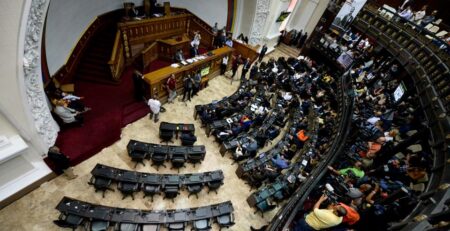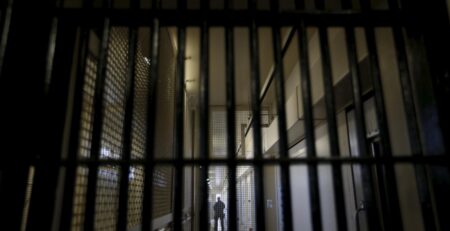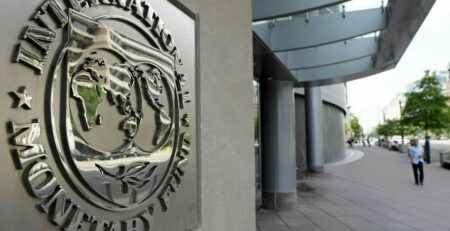Japan. Behind the Scenes / Only 40% pay national pension premiums
With many people, including the self-employed, not paying into the national pension plan, the system is becoming increasingly hollowed out. The officially announced payment rate is in the 60 percent range, but the actual situation is worse. The risk is growing that many elderly people will only be able to receive a meager pension in the future.
Up for 6 straight years
The Health, Labor and Welfare Ministry announced in June that the national pension premium payment rate (see below) in fiscal 2017 was 66.3 percent. This is 1.3 percentage points higher than the previous fiscal year and represents the sixth consecutive yearly increase since fiscal 2011, when the rate stood at a record low of 58.6 percent.
“We broadened the scope of compulsory collection and also continued to encourage people to pay. We’re now seeing the results,” a Health, Labor and Welfare Ministry official said.
Until the mid-1990s, however, the payment rate was more than 80 percent. For the mandatory subscription system, a payment rate in the 60 percent range is woeful.
National pension premiums are mandatory for those classified as Category 1 insured persons, which includes the self-employed and part-time workers. Unlike employees’ pension premiums, which company employees have deducted directly from their salary, Category 1 insured persons must pay on their own.
The national pension premium has been raised by more than 100 percent, from ¥7,100 per month in fiscal 1986, when the current system was put in place, to ¥16,340 in the current fiscal year. In addition to this increased burden, another reason for the low payment rate is the sense of distrust spreading among younger generations — Is the pension system really reliable, they wonder.
Read more the japan news










